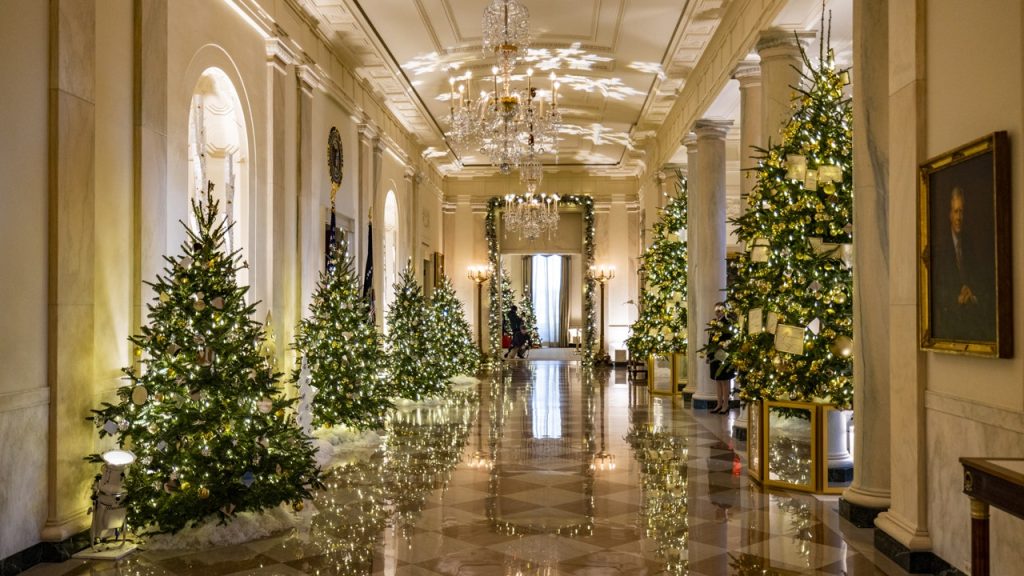The history of Christmas trees in the White House is a rich tapestry interwoven with presidential preferences, evolving traditions, and perhaps a touch of myth. While often credited to Benjamin Harrison in 1889, the narrative is more nuanced. Harrison’s tree, adorned with candles for his grandchildren, marked a significant moment, yet the tradition was not immediately cemented. The ensuing years witnessed both the presence and absence of Christmas trees, shaped by individual presidential families and their customs.
Theodore Roosevelt’s presidency (1901-1909) is often associated with a purported ban on Christmas trees, attributed to his conservationist leanings. While stories circulate about Roosevelt’s environmental concerns prompting him to discourage the practice, evidence suggests a simpler explanation. The Roosevelt family simply didn’t maintain a Christmas tree tradition. The image of young Archie Roosevelt secretly decorating a miniature tree in a closet underlines the family’s celebration of Christmas, but without the centerpiece of a large, prominently displayed tree. The White House Historical Association dispels the notion of a ban, highlighting the lack of substantial evidence and emphasizing the family’s choice not to incorporate a tree into their festivities. Their Christmases were filled with other traditions – gift exchanges, church services, and family meals – simply excluding the tree.
Following Roosevelt’s tenure, the Christmas tree tradition gradually took root in the White House. William H. Taft’s children orchestrated a surprise for their parents in 1912, adorning the Blue Room with a Christmas tree upon their return. This marked a pivotal moment, propelling the tree towards its future prominence. It was under Dwight Eisenhower and First Lady Mamie Eisenhower that the Blue Room became the consistent home for the White House Christmas tree, a tradition further solidified by Jacqueline Kennedy.
Jacqueline Kennedy’s influence on White House Christmas décor extends beyond merely establishing the Blue Room as the tree’s location. In 1961, she introduced the concept of a themed Christmas tree, a practice that endures to this day. Her inaugural theme, the “Nutcracker Suite,” set a precedent for future First Ladies to infuse the White House Christmas celebrations with their unique artistic visions. Jill Biden’s 2024 theme, “Season of Peace and Light,” exemplifies the continuation of this tradition, reflecting contemporary sentiments and aspirations.
Beyond the walls of the White House, the National Christmas Tree Lighting Ceremony, initiated by Calvin Coolidge in 1923, has become a beloved national tradition. The first tree, a 48-foot Balsam fir, illuminated the spirit of the season, and the ceremony has evolved into a significant annual event. Since 1966, the National Christmas Tree Association has played a crucial role, providing the majestic tree that graces the Blue Room each year. The selection process culminates in the joyful presentation of a tree from a chosen farm, symbolizing national unity and the shared celebration of Christmas.
The 2024 White House Christmas tree, hailing from Cartner’s Christmas Tree Farm in North Carolina, embodies the continuity of a tradition spanning over a century. From its humble beginnings with Harrison’s candlelit tree to the elaborate themed displays of modern times, the White House Christmas tree has become an emblem of the season, reflecting evolving traditions, presidential legacies, and the enduring spirit of the holiday. The journey from a simple family tradition to a national spectacle underscores the enduring power of Christmas, its ability to bring joy and unity to the nation, and its representation within the symbolic heart of American democracy, the White House.

